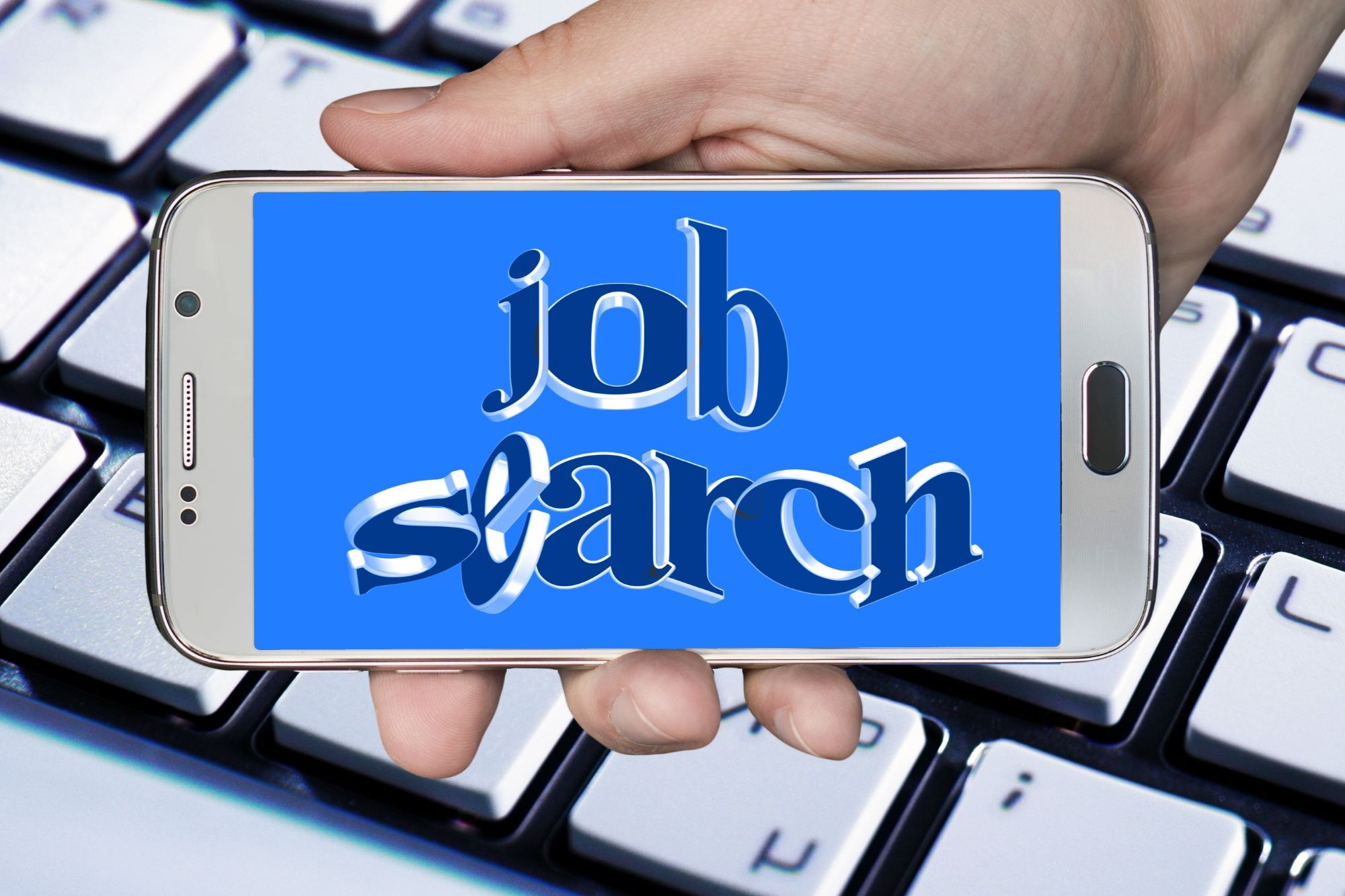Searching for a job online can be overwhelming without the right approach. This guide provides practical tips and strategies for navigating online job markets, optimizing your search, and increasing your chances of finding the perfect opportunity. Learn how to leverage online resources effectively to secure your next job.
Identify Your Job Goals
Understanding your job goals is crucial for a successful job search. Start by reflecting on the type of role you aspire to, including the industry, specific job functions, and the location where you want to work. Consider whether you are seeking a full-time, part-time, or freelance position, and how these align with your personal and professional aspirations. Clarify what motivates you, such as career advancement, work-life balance, or financial growth, to better target your job search.
Next, evaluate your skills, experience, and qualifications to ensure they align with your career objectives. Identify any gaps in your expertise that might need addressing through further education or skill development. By setting clear and achievable job goals, you can focus your job search more effectively, making it easier to find opportunities that fit your needs and aspirations.
Choose the Right Job Platforms
Selecting the right job platforms is essential for finding relevant job opportunities. Start by exploring popular job boards that cater to a broad range of industries and roles.
- LinkedIn: Ideal for networking and finding job postings from a variety of companies. It also offers job alerts based on your profile and career interests.
- Indeed: Known for its extensive database of job listings and its user-friendly search functionality.
- Glassdoor: Provides not only job listings but also company reviews and salary information, helping you make informed decisions.
In addition to mainstream job boards, consider niche job sites that focus on specific industries or professions.
- Behance: Great for creative professionals looking for design, photography, or art-related positions.
- AngelList: Useful for finding jobs at startups and tech companies.
- HackerRank: Tailored for developers and IT professionals seeking technical roles.
By leveraging both general and niche job platforms, you can increase your chances of finding job opportunities that align with your career goals and industry preferences.
Optimize Your Resume and LinkedIn Profile
| Resume Optimization | LinkedIn Profile Enhancement | General Tips |
| Tailor content for each job | Use a professional photo | Ensure consistency across platforms |
| Include relevant keywords | Write a compelling headline | Regularly update information |
| Highlight key achievements | Showcase endorsements and skills | Customize URL for LinkedIn profile |
- Tailor Your Resume
- Customize your resume for each job application by including relevant keywords and phrases from the job description. This helps ensure your resume passes through applicant tracking systems (ATS) and grabs the attention of hiring managers.
- Emphasize your most significant achievements and experiences that directly relate to the job you’re applying for. Use quantifiable metrics to demonstrate your impact and capabilities.
- Enhance Your LinkedIn Profile
- Upload a high-quality, professional photo and write a headline that clearly describes your current role and career aspirations. A well-crafted headline makes a strong first impression and helps in keyword searches.
- Develop a comprehensive summary that highlights your skills, experiences, and career goals. Seek endorsements and recommendations from colleagues and clients to add credibility and showcase your strengths.
- Maintain Consistency and Regular Updates
- Ensure that the information on your resume and LinkedIn profile is consistent to avoid confusion. Discrepancies between your resume and online profiles can raise red flags for potential employers.
- Regularly update both your resume and LinkedIn profile to reflect new skills, experiences, and achievements. A current profile helps you stay relevant and increases your chances of being noticed by recruiters.
A well-optimized resume and LinkedIn profile significantly enhance your chances of attracting attention from potential employers. By tailoring your resume to each job and maintaining an engaging LinkedIn profile, you present yourself as a strong candidate who is both proactive and well-prepared. This strategic approach not only increases your visibility but also improves your likelihood of securing job interviews and advancing in your career.
Craft a Compelling Cover Letter
A well-crafted cover letter can set you apart from other applicants and provide a more personalized introduction to your potential employer. It is your opportunity to highlight your enthusiasm for the role and demonstrate how your skills and experiences align with the company’s needs. A compelling cover letter should be tailored to each position and should effectively convey your unique value.
- Personalize the Greeting: Address the cover letter to a specific person, such as the hiring manager or recruiter, if possible. Avoid generic salutations like “To Whom It May Concern.” Personalized greetings show that you have done your research and are genuinely interested in the role.
- Open with a Strong Introduction: Start with a compelling introduction that captures the reader’s attention. Mention the position you are applying for and briefly explain why you are excited about the opportunity. Highlight any connections or referrals you may have, as they can add credibility.
- Showcase Your Relevant Skills and Experience: In the body of the cover letter, focus on how your skills and experiences match the job requirements. Use specific examples to illustrate your achievements and demonstrate how you can contribute to the company’s success. Avoid repeating information from your resume; instead, provide additional context and insights.
- Conclude with a Call to Action: End your cover letter with a strong conclusion that reiterates your interest in the role and expresses your eagerness to discuss your application further. Include a call to action, such as requesting an interview or indicating your availability for a discussion.
- Proofread and Edit: Before sending your cover letter, thoroughly proofread it for spelling, grammar, and formatting errors. A polished and error-free cover letter reflects your attention to detail and professionalism.
A compelling cover letter not only complements your resume but also offers a glimpse into your personality and enthusiasm for the role. By following these steps and tailoring your letter to each job application, you can effectively communicate your qualifications and make a memorable impression on potential employers.
Prepare for Virtual Interviews
Preparing for a virtual interview involves more than just knowing your resume; it requires ensuring that both your technology and environment are set up for success. Start by familiarizing yourself with the video conferencing platform that will be used for the interview, whether it’s Zoom, Microsoft Teams, or another tool. Make sure you understand how to use its features, such as screen sharing and muting, and test your equipment in advance. Ensure that your internet connection is stable to avoid disruptions during the interview.
In addition to technical preparations, create a professional and distraction-free environment for the interview. Choose a quiet, well-lit space where you won’t be interrupted, and ensure your background is clean and appropriate. Dress professionally as you would for an in-person interview, and maintain good posture and eye contact throughout the conversation. Preparing both technically and environmentally will help you present yourself confidently and make a positive impression on your interviewer.




